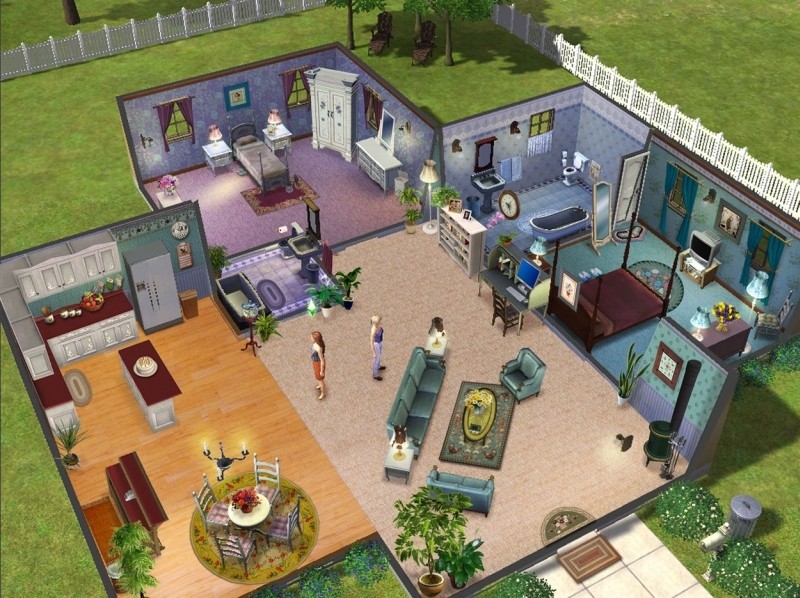Unleashing Creativity in The Sims: A Haven for Future Architects
- 245

For many aspiring architects, the journey to designing real-world spaces begins with a spark of imagination and a platform to experiment. The Sims provides just that—a digital sandbox where future architects can explore the realms of interior design and lifestyle planning. This article delves into the ways in which this popular game can be a formative tool for those with a passion for architecture and design.
Foundations of Digital Design

The Sims offers a unique opportunity for aspiring architects to get a feel for space planning and design without the constraints of physical materials or budget limitations. The game's intuitive interface allows players to manipulate walls, floors, and entire room layouts with ease, providing an excellent starting ground for understanding the basics of architectural design. Players can experiment with different architectural styles and design concepts, which lays a foundational understanding of what makes a space both functional and aesthetically pleasing.
Moreover, the game encourages players to think critically about the flow of space. By arranging furniture and decor, users learn the importance of circulation within rooms and how design can impact the overall feel of a home. This digital experience translates to valuable skills in the real world, where architects must consider how individuals interact with their environments.
Interior Design Mastery

Apart from its foundational components, The Sims serves as a haven for those passionate about decorating interiors. Gamers can choose from an extensive selection of home furnishings, palette options, and ornamental accessories, empowering them to fully tailor their digital abodes. Progressing in the game rewards players with increasingly complex design choices, inspiring them to perfect their stylistic flair and craft well-coordinated living spaces that mirror the envisioned lives of their Sims avatars.
Such design tasks encourage players to consider various factors, including:
- Color theory and how different palettes evoke mood and style
- The importance of functionality and comfort in furniture selection
- How lighting can alter the ambiance of a space
- The Role of accessories and artwork in personalizing a home
- The balance between trends and timeless design
Lifestyle Planning and Personalization

The Sims takes the design a step further by integrating lifestyle planning into the gameplay. As players create and control their Sims, they must consider the characters' daily routines, hobbies, and social interactions, all of which influence the design choices within their virtual homes.
Personalization is at the heart of The Sims experience. Players can craft stories and scenarios that bring their architectural creations to life. This interactive storytelling element not only makes the game more engaging but also helps aspiring architects understand the narrative aspect of design. Every space tells a story, and The Sims allows players to practice weaving those tales into the fabric of their virtual homes.
Conclusion: A Virtual Stepping Stone to Reality
The Sims, with its rich simulation of interior design and lifestyle planning, is more than just a game—it's a formative tool for those dreaming of a future in architecture. The Sims provide an infinite canvas of creativity, assisting budding architects in honing their design sensibilities and cultivating a deliberate method for crafting aesthetically pleasing and functional living spaces.
As players transition from the virtual world to real-world architectural challenges, the lessons learned in The Sims will serve as a foundation of design principles and a source of inspiration. This game proves to be a valuable stepping stone, nurturing the architects of tomorrow through digital innovation and creative freedom.